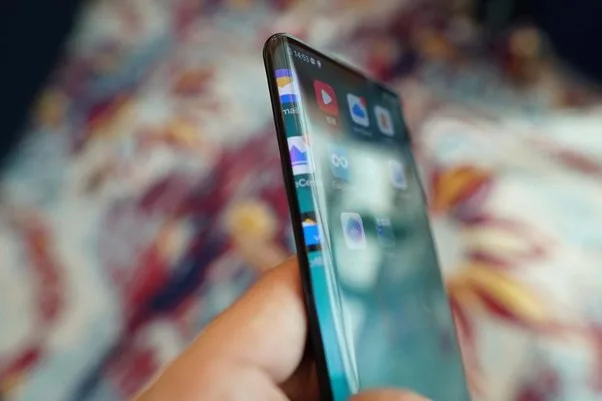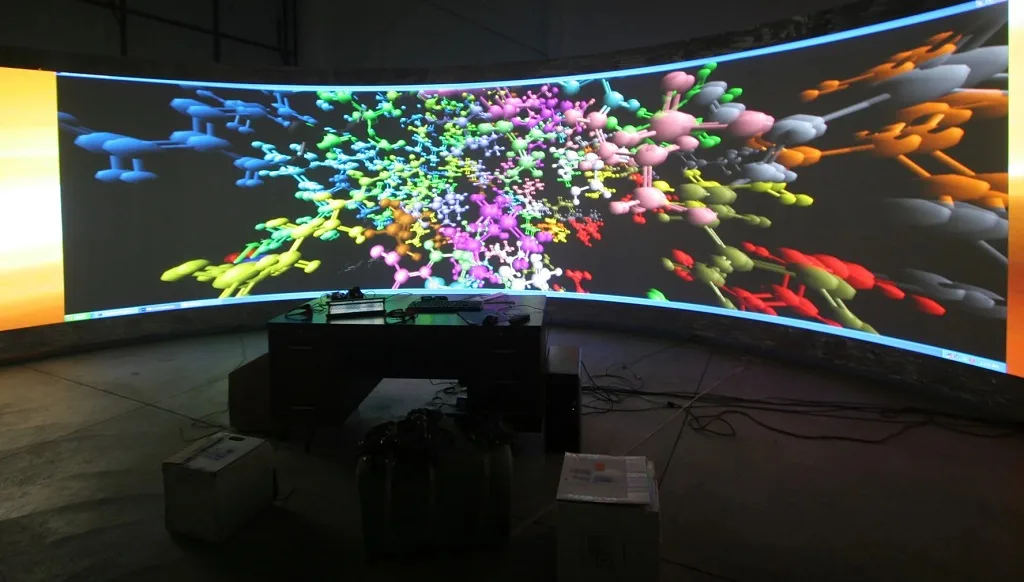
Curved Display Technology Review
Curved display technology has revolutionized the way we experience visual media, offering immersive and expansive viewing angles that standard flat screens cannot match. The concept of curved displays emerged around the early 2010s, with notable advancements made by major technology companies aiming to enhance user engagement. This technology has since found applications in various industries, from consumer electronics to public displays, and continues to evolve.
The Evolution and Basics of Curved Display Technology
The journey of curved display technology began with the introduction of OLED (Organic Light Emitting Diode) screens, which allowed for flexible and bendable designs. This innovation was primarily driven by the need for more engaging and immersive viewing experiences. The first commercially available curved OLED TV was launched by LG in 2013, followed closely by other manufacturers like Samsung. The curvature of these displays is designed to match the natural curvature of the human eye, thereby providing a more comfortable viewing experience and reducing eye strain.
Curved displays are characterized by their ability to bend inwards towards the viewer, creating a wrap-around effect that enhances depth perception. The technology primarily uses flexible OLED panels, which are thin, lightweight, and capable of emitting light without the need for a backlight. This not only makes the displays more energy-efficient but also allows for thinner and lighter designs compared to traditional LCD screens.
How Curved Displays Work and Their Structure
Curved display technology utilizes flexible OLED panels, which are composed of organic compounds that emit light in response to an electric current. These panels are layered on a flexible substrate, allowing them to be shaped into curves. The degree of curvature, often measured in millimeters, determines the level of immersion and viewing angle. The most common curvature radius used in consumer products ranges from 1800R to 3000R, where a smaller number indicates a more pronounced curve.
The structure of a curved display includes several key components: the OLED panel itself, a protective glass layer, a touch sensor layer (if applicable), and the necessary electronics for control and processing. The design process involves careful calibration to ensure uniform brightness and color consistency across the entire screen, which can be challenging given the curvature. Advanced manufacturing techniques, such as the use of plastic substrates instead of glass, have made it possible to achieve durable and reliable curved displays.
The Problems Curved Displays Aim to Solve
Curved displays were developed to address several issues inherent in traditional flat screens. One of the primary problems is the limited field of view offered by flat screens, which can make for a less immersive viewing experience. Curved displays, by contrast, aim to provide a more natural and engaging visual experience by enveloping the viewer’s field of vision, similar to the effect of a panoramic view.
Another issue is the reduction of glare and reflection, which is more pronounced on flat screens, particularly in brightly lit environments. The curved design helps to minimize these distractions, ensuring that the image remains clear and vivid under various lighting conditions. Additionally, curved displays are designed to reduce eye strain by providing a more uniform focal distance across the screen, which is particularly beneficial for users during extended viewing sessions.
Solutions Provided by Curved Display Technology
Curved displays enhance immersion by filling more of the viewer’s field of vision, creating a more engaging experience. This is particularly beneficial in gaming, where a wide field of view can provide a tactical advantage. In cinematic contexts, the wrap-around effect helps to draw viewers into the scene, enhancing the overall emotional impact.
Furthermore, the design reduces glare by directing ambient light away from the viewer’s eyes, thus preserving the integrity of the on-screen content. This feature is especially useful in professional environments, such as graphic design and video editing, where accurate color representation is crucial. Curved displays also promote better posture by encouraging users to sit more centrally, reducing the likelihood of neck strain.

Potential Applications of Curved Display Technology
Beyond consumer electronics, curved display technology has promising applications in a variety of fields. In the automotive industry, curved dashboards and infotainment systems are being developed to provide drivers with intuitive and easy-to-read information displays. This can improve safety by reducing the time drivers spend looking away from the road.
The retail sector is also exploring the use of curved displays for digital signage and advertising, leveragingtheir eye-catching design to attract customers and enhance the shopping experience. Additionally, curved displays are being integrated into virtual reality systems, where their immersive qualities can enhance user engagement and realism.
The Future of Curved Display Technology
The future of curved display technology looks promising, with continuous advancements in material science and manufacturing techniques. As the technology matures, we can expect to see even more flexible and durable displays, expanding the range of potential applications. The development of transparent and foldable displays could further revolutionize the market, offering new form factors and uses.
Moreover, as production costs decrease, curved displays will become more accessible to a broader audience, potentially becoming the standard in both professional and consumer markets. The ongoing research into enhancing resolution, color accuracy, and energy efficiency will further solidify the position of curved displays as a key technology in the display industry.
